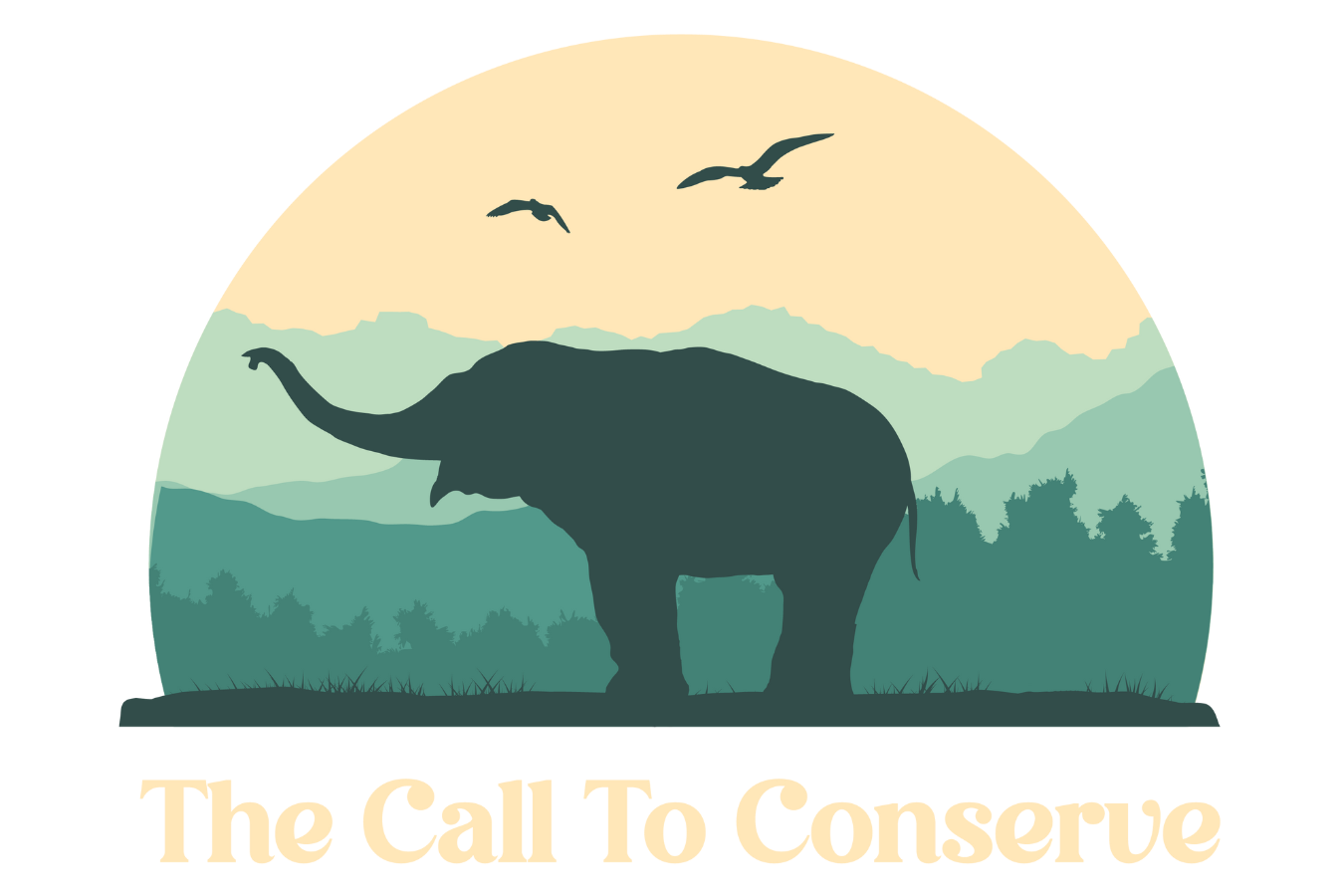What Are The Most Endangered Animals?
In our quest to protect the planet's rich biodiversity, we must recognize and understand the plight of the most endangered animals. These species, teetering on the brink of extinction, are a stark reminder of the fragility of our natural world and the urgent need for conservation efforts. In this article, we will delve into the current status of these critically endangered species, exploring the factors that have led to their decline and the actions necessary to ensure their survival.
What is an endangered Species?
Endangered animals are species at risk of extinction due to a significant decline in their population or habitat. Various factors contribute to this critical status, including habitat destruction, climate change, poaching, and illegal wildlife trade. Understanding these factors is critical to developing effective conservation strategies.
List of the Most Endangered Animals
Vaquita (Phocoena sinus): The world's rarest marine mammal, found in the Gulf of California, is critically endangered due to illegal fishing practices.
Javan Rhino (Rhinoceros sondaicus): With only one known population in Indonesia, habitat destruction and limited genetic diversity threaten this species.
Amur Leopard (Panthera pardus orientalis): Less than 100 individuals remain in the wild, primarily in Russia, with habitat loss and poaching being significant threats.
Sumatran Elephant (Elephas maximus sumatranus): Loss of habitat due to deforestation and human-elephant conflict has critically endangered this species.
Saola (Pseudoryx nghetinhensis): Discovered only a few decades ago in Vietnam and Laos, this 'Asian Unicorn' faces threats from hunting and habitat loss.
Hawksbill Turtle (Eretmochelys imbricata): Critically endangered due to the illegal trade of its shell, overfishing, and loss of nesting sites.
Orangutan (Pongo spp.): Both Bornean and Sumatran species face severe threats from deforestation, palm oil plantations, and illegal wildlife trade.
Sumatran Tiger (Panthera tigris sumatrae): Habitat loss due to deforestation and poaching for its skin and bones has drastically reduced its population.
Western Lowland Gorilla (Gorilla gorilla gorilla): Threatened by habitat destruction, poaching, and diseases like Ebola, this gorilla subspecies is critically endangered.
Sumatran Rhino (Dicerorhinus sumatrensis): The smallest of the rhino species, it is critically endangered due to poaching and habitat fragmentation.
The Role of Conservation for Endangered Animals
Conservation efforts for these endangered animals involve habitat protection, anti-poaching initiatives, breeding programs, and global legislation to control wildlife trade. Collaborative efforts between governments, NGOs, and local communities are crucial in these conservation strategies.
The most endangered animals on our planet reflect the broader challenges facing global biodiversity. Protecting these species is about preserving individual animals and maintaining the health of entire ecosystems. As we deepen our understanding of these endangered species and the threats they face, it becomes increasingly clear that immediate and concerted action is required to safeguard our planet's natural heritage.




